Want to have a climbing wall for kids as a means of sports when going outdoors isn’t an option? You can foster balance, bouldering, and motor skills in your young ones. Check out this easy-to-grasp, and practical DIY climbing wall tutorial and build your wall.
Building a climbing wall for kids is a glorious thing to do these days. Climbing walls are an excellent source to keep your kids active all day long. They will increase the longevity, resilience, immunity, and strength in your kids in the long run.
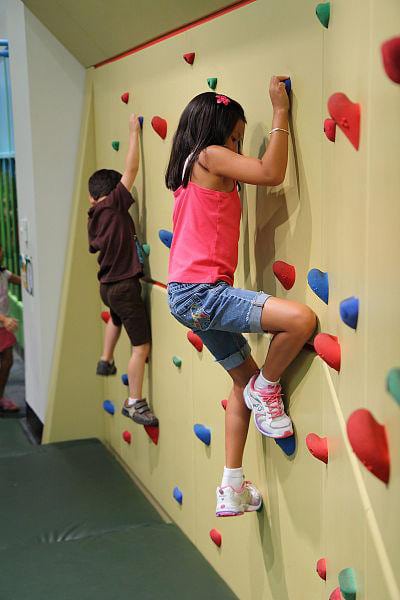
While it’s great to build a climbing platform for the children, it’s not as easy as it may sound. That is why we have provided you with an excellent and ultimate tutorial to help you build a climbing wall for your kids in easy steps. How do you make a homemade climbing wall? Here is how….
Table of Contents
How To Build A Climbing Wall for kids?
1. Brainstorm

Before you start any physical effort, sit down and try to answer some questions that will lead finally to the materialization of your idea, i.e. to build a climbing wall for your kids.
During this session, it’s important to provide answers to these questions.
- How much space do I need to build a climbing wall for kids?
- Where am I going to mount the wall, and what are the benefits of this place?
- What is the cost of building a climbing wall?
- What should be the height of the wall?
- What are the things that I need to get started on my project?
- What are the things I want my climbing wall to have in it?
It would be good to jump into action as soon as possible. Once you’ve got the answers to these questions, make a list of the things that you need to build the wall.
2. Design
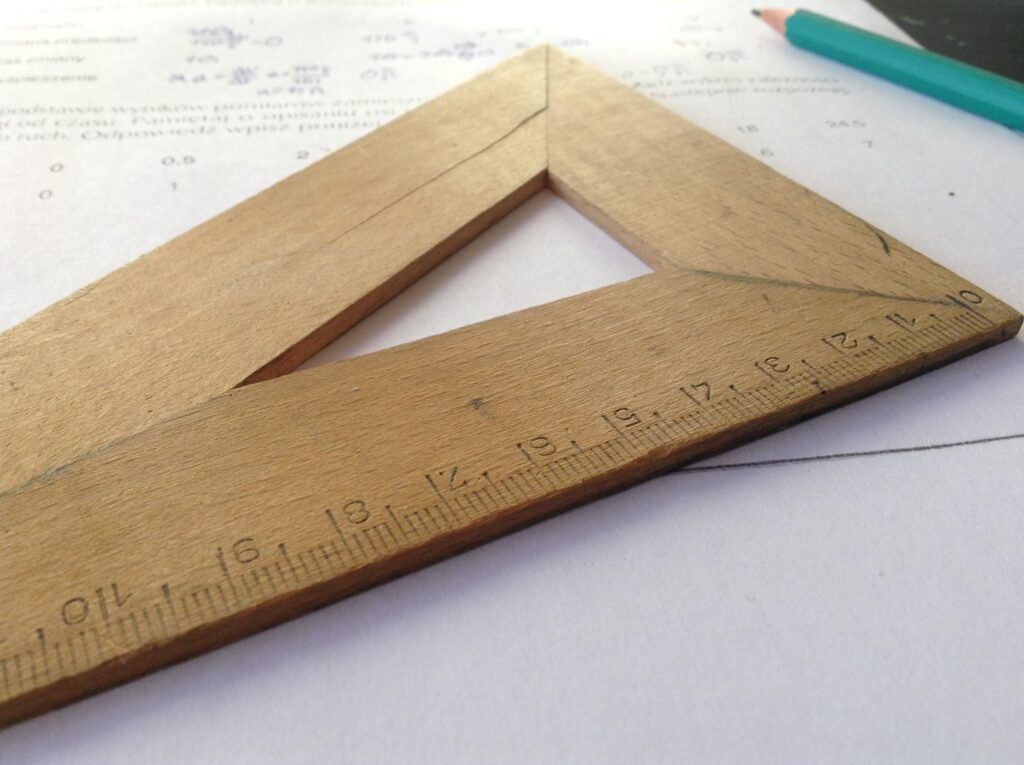
It’s time to let your imagination run wild. Think of as many possibilities as you can and come up with brilliant ideas on what your wall should look like.
You should know about the space available for your wall. It would be unwise to build a small wall when a lot of space is available out there.
(You can see the ideal measurements and the materials required in the section below. Please note that while these measurements and materials are ideal for building a perfect climbing wall for kids, you can make adjustments and make some changes to customize it for your kids.)
3. Materials
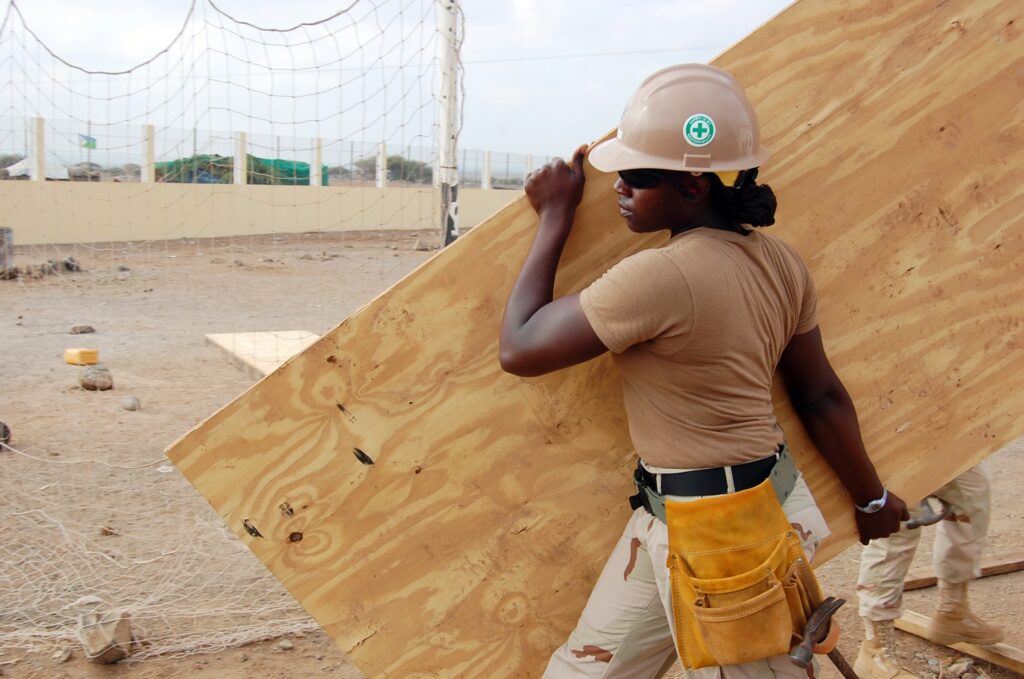
it’s the most important job to do while you’re about to begin. You should do it once and for all. While you can make purchases at the local market in your area, you can also source many of these things from an online store.
Source these tools and materials to build a beautiful climbing wall for kids.
- 4×8-ft 3/4-in plywood panel (1)
- 8-ft long 2×4 as furring strips (3)
- 3-in long #9 wood screws (1 box of them)
- A pencil
- Chalk line
- Drill
- 7/16-in wood spade drill bit
- One hammer
- A stud finder
- 120-grit sandpaper
- Bolt-on rock climbing holds and bolts (25)
- 3/8-in 4-prong t-nuts (25)
- Allen wrench
- A padded gym mat for safety reasons
However, you can increase the materials accordingly if you have more area for the purpose of your kids climbing the wall.
4. Construction
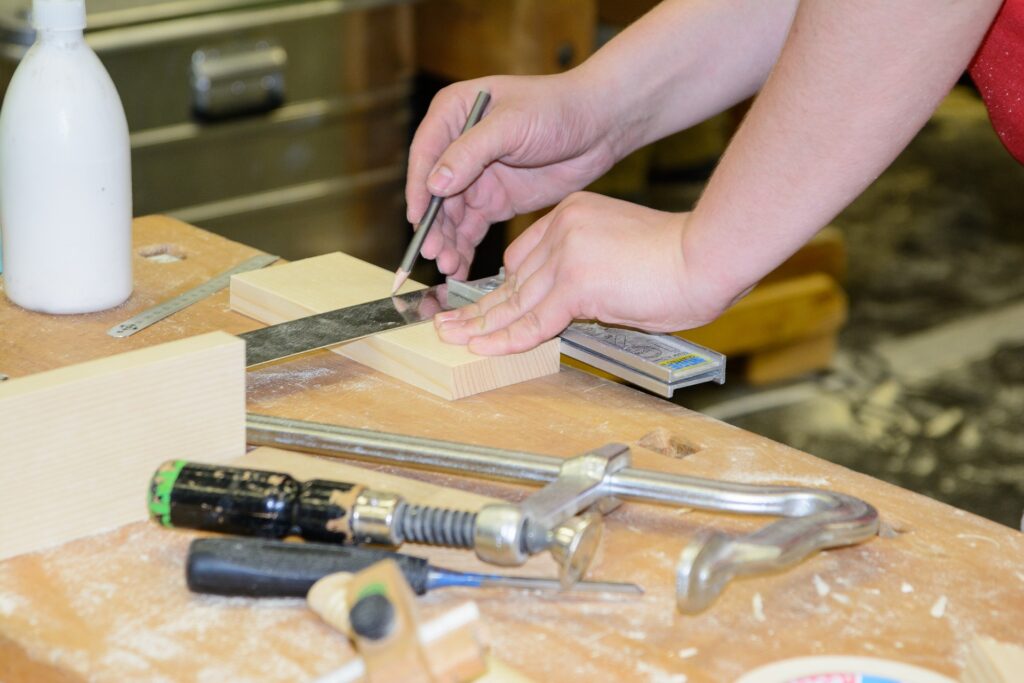
While you can place the holds in any order you want, we suggest an alternating grid layout to accommodate 25 of them.
The more variation you’ll add to your design, the more learning and fun will be there for your little climber.
Step One
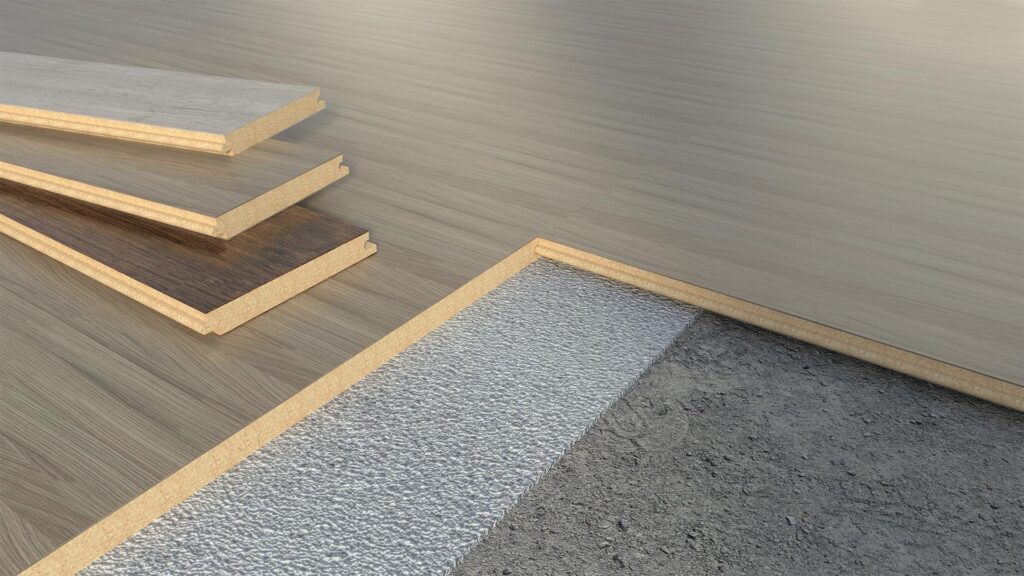
Select the best side of the plywood panel and position this side facing down. it’s because you should prefer using the backside for drawing lines.
12 inches down from the top edge, draw a horizontal line. Do the same with the bottom edges, creating a 12-inch margin from the top and bottom edges.
Step Two
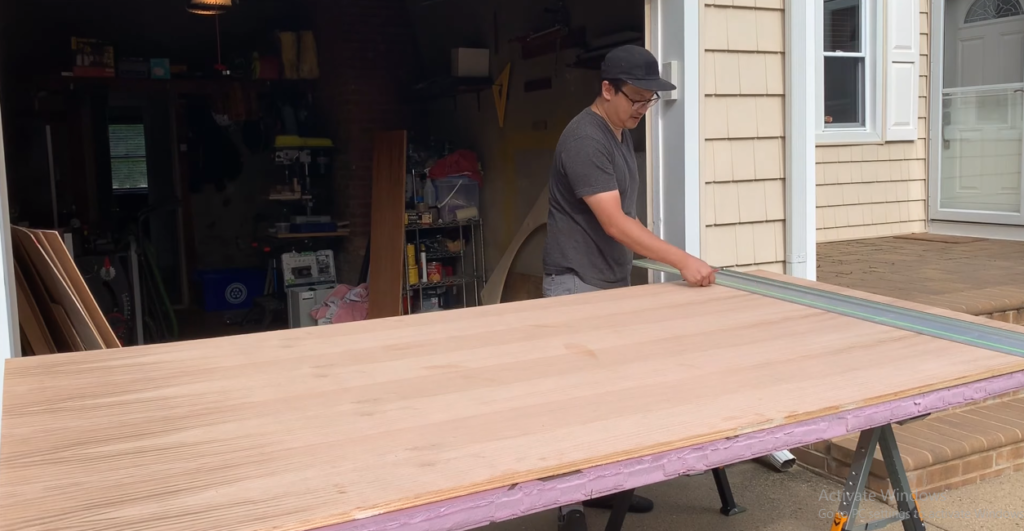
Using a chalk line, divide the panel into 6 vertical segments by drawing lines with an 8-inch gap between them. Do the same starting at the bottom and you’ll end up creating 8 inches wide 11 segments in total.
It will leave you with a grid pattern. Place holds where the horizontal and vertical lines intersect with each other.
Step Three
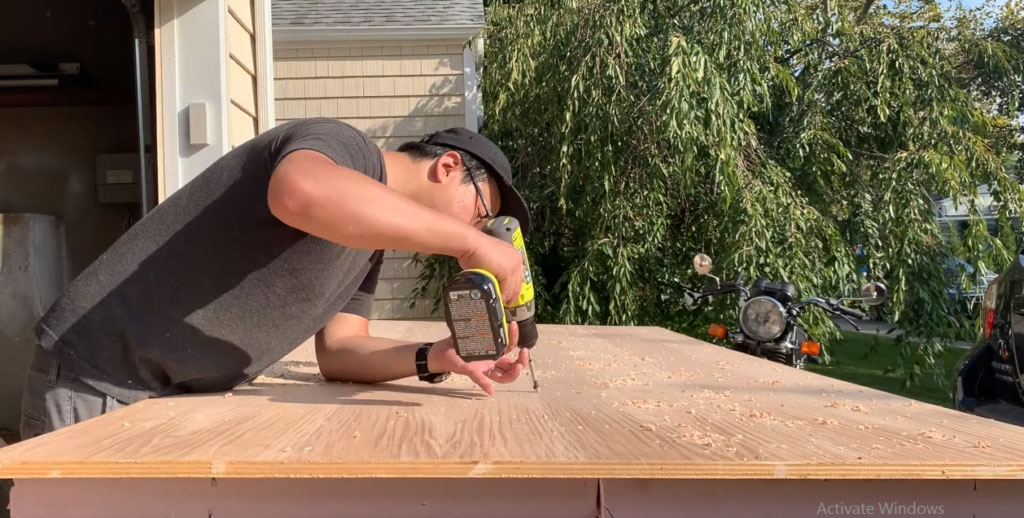
Starting from the bottom left side, use the 7/16-in wood spade bit to drill holes into every other intersection. In this way, your first line will have three drill holes in total.
Now, move up one line to create a drill hole at every other intersection, starting from the next vertical line. This row will have two drill holes.
Now, move up and repeat the pattern all over the panel. This practice will leave you with 25 equidistant holes in total.
An alternative method is to drill a hole at every intersection. This will allow you to place more holds if you want to. Another approach is to drill holes at random, without a pattern.
Step Four
Insert a t-nut into each hole. Hammer them strongly into the panel until the flange is flush with the surface of the plywood panel. Turn the panel upside down.
Step Five
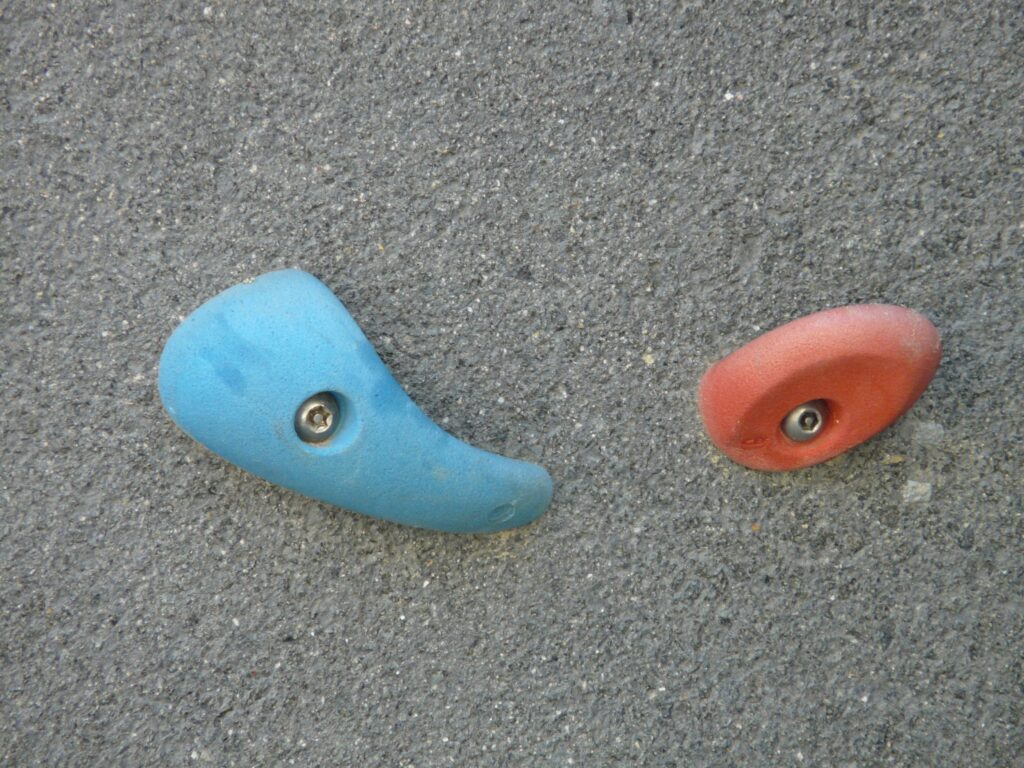
Mount the holds with bolts using the Allen wrench. Make certain that you tighten them and they’re not left loose.
There are generally two types of holds:
Screw holds are better for concrete walls and easier to install.
The bolt-on-nut holds are good for wooden walls
You can choose any, yet make sure, not to leave any screw loose. You can imagine how drastic it can be.
5. Installation
Step one
Use a pencil and a stud finder to mark the position of the three studs where you want to install the climbing wall. Attach furring strips to the studs using wood screws.
Wood screws should be 12 to 18 inches apart. The space created between the wall and the panel using furring strips allows clearance for the mounting bolts of the climbing holds.
Step Two
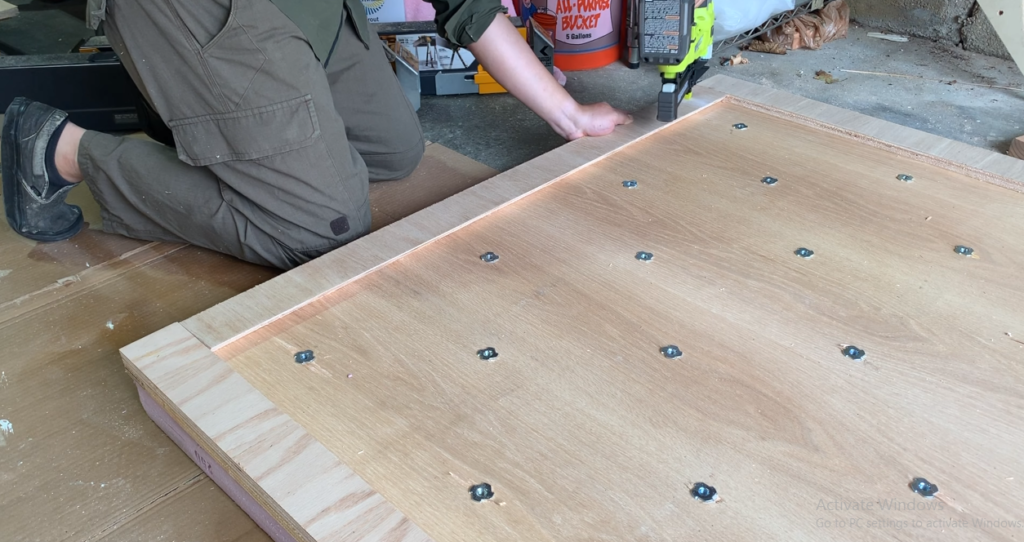
Place the panel against furring strips and make sure that no mounting bolt is next to the strips. Once the panel is in position, mark on the panel where the furring strips are. Now mount the panel to the furring strips with wood screws.
Step Three
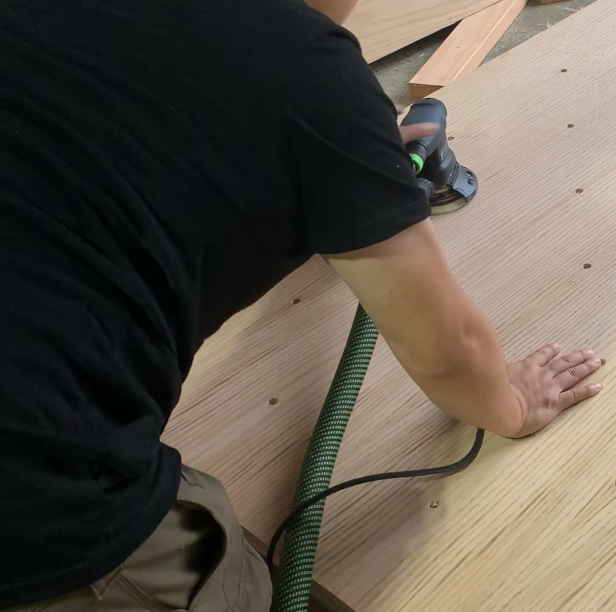
Use sandpaper or planes to smoothen the panel and remove any rough surfaces or ridges. Now, it’s time to place the padded gym mat at the bottom of the climbing wall, on the floor.
Thus, you have prepared the climbing wall for kids in your place which will be a great practicing opportunity. Furthermore, you will not need to send your kid to gyms when you’re busy with your office routines.
Concrete Climbing Wall
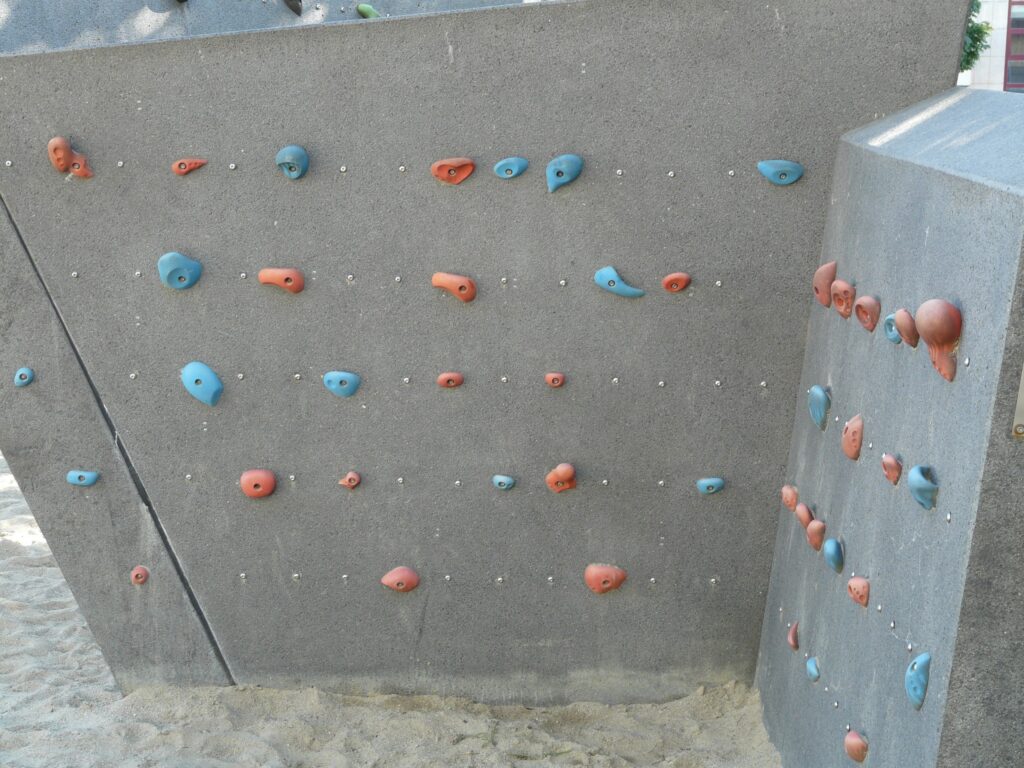
Wooden climbing walls have more variation options. Yet you can also build concrete climbing walls.
Building concrete climbing walls are much easier: You can make your own by just following the steps:
- Decide the location.
- Design and paint your wall. You can also use wallpapers of kids’ favorite themes.
- Then install holds. Screw holds are better for concrete climbing walls.
Going through our section of building a wooden climbing wall, you’ll find concrete bouldering walls much easier. The reason is, that you’ve already got much understanding of the construction. While the concrete wall only requires the installation of suitable holds.
How to build a climbing wall for toddlers.
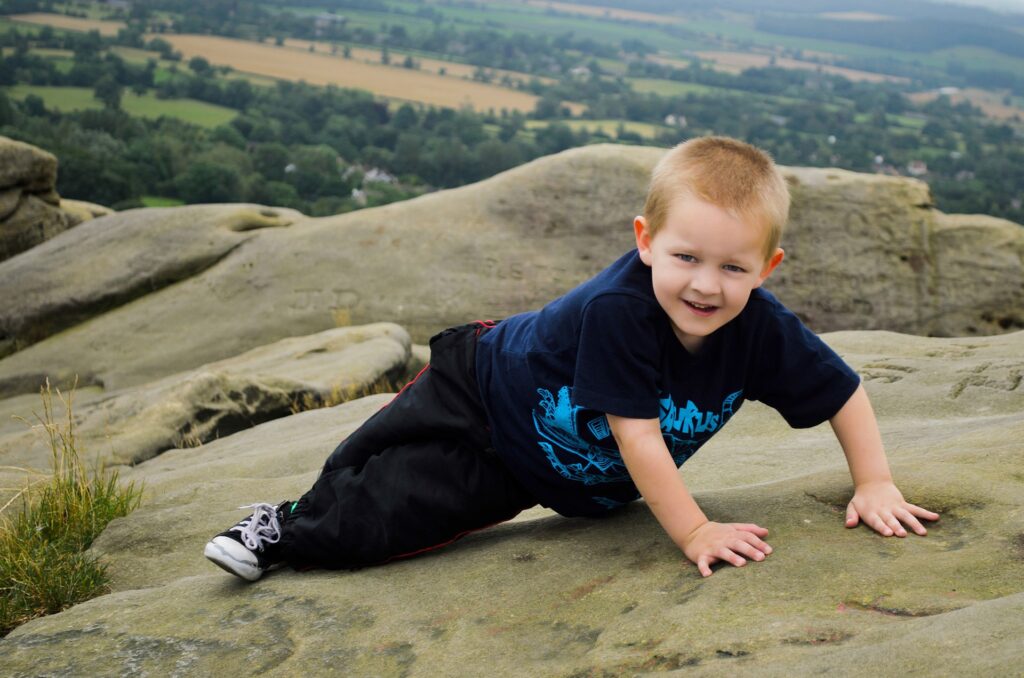
Often toddlers copy the behavior of older kids and follow them in their footsteps. They think that you’re being mean to them for not allowing them to climb. Eventually, it becomes a serious battle between the whole climbing team at home.
Building a climbing wall for a toddler is not very different from the one discussed above. However, take care as regards the safety of the toddler.
- The wall should not be as high above.
- It should be a low one and preferably in the toddler’s playroom, all because he does not have to go outside.
As you can go over the major steps in building a climbing wall for kids, we’ll not repeat the steps again. The reason is, the entire process is nearly the same. So, we’ll focus our attention on safety measures that you should.
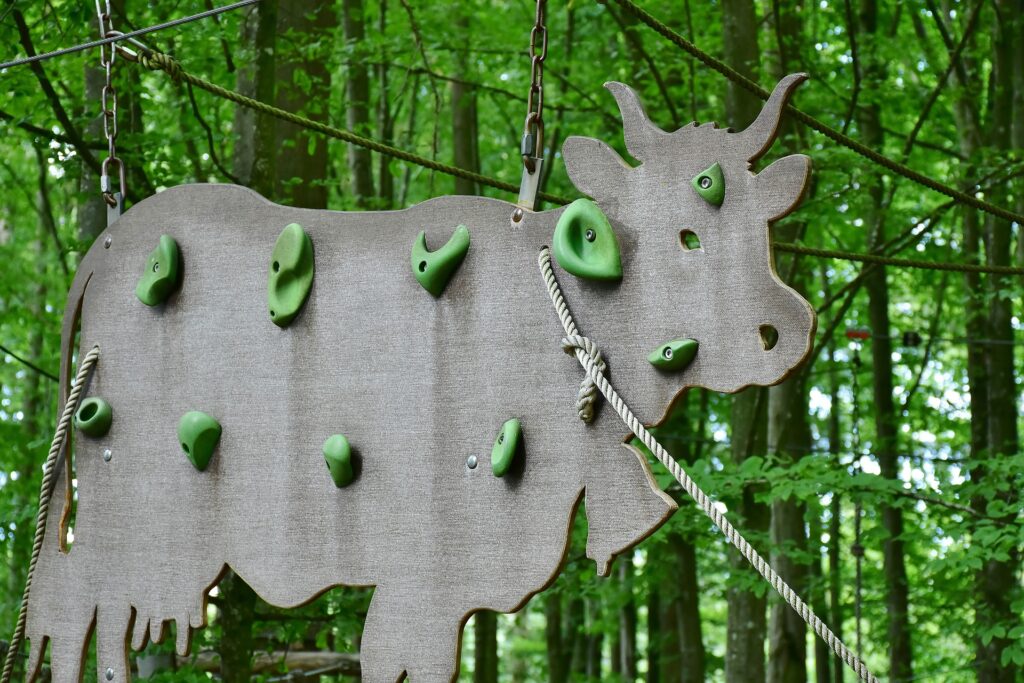
The aim should be to build a climbing wall that is safe enough for your toddlers so that when they’re climbing the wall without your supervision — not a good thing. You have the peace of mind that they’re in their comfort zone.
To build a climbing wall for the toddlers, please take care of:
1. The height
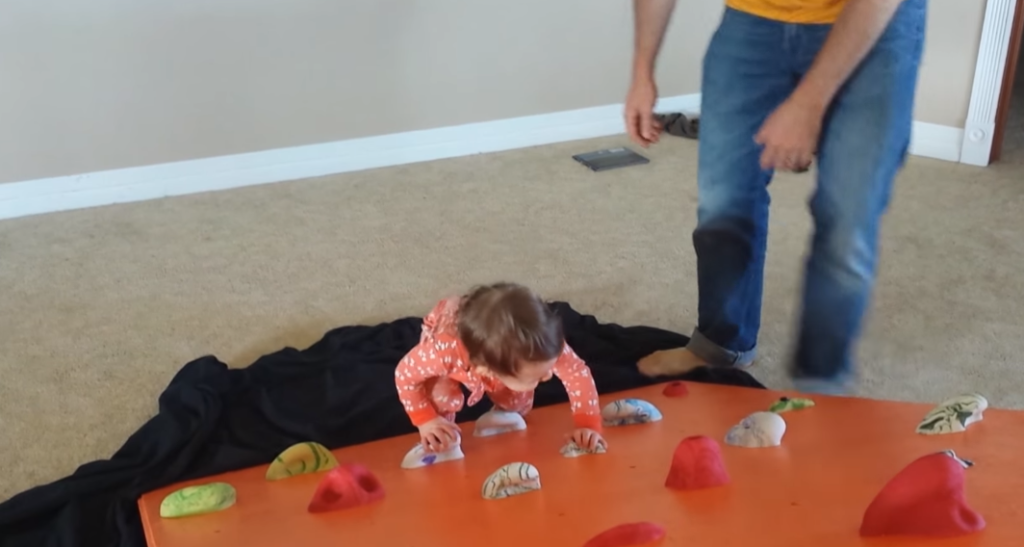
While building a climbing wall for toddlers, make sure its height is not as much as obtainable in the previous section. The height should neither be too low to make them feel they haven’t scaled a height, nor it should be too high to make the ascent impossible.
2. The handholds
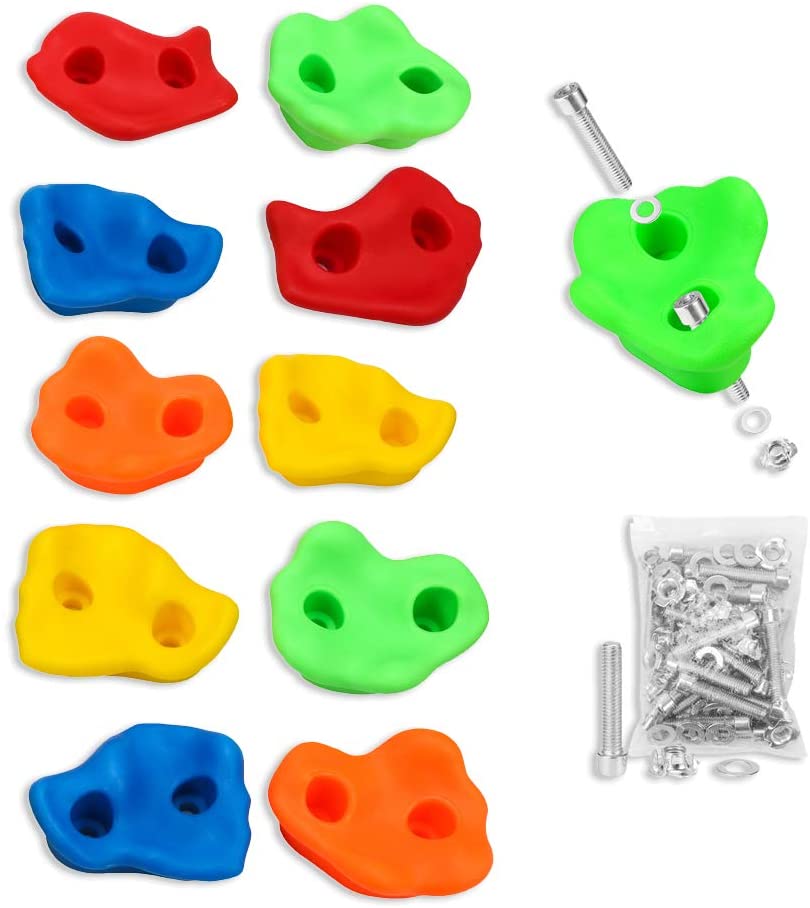
The handholds should be the size of the hands of toddlers and should be reasonably apart. If the distance between them is too high, your toddlers are going to have a hard time scaling the full height.
Make it challenging for them, but not too hard to ascend the wall. It’s because the easier it’s to ascend the wall, the more joy they’ll derive from it.
In order to position the handholds correctly, you can use a painter to pinpoint the right places. The first row should ideally be 8 inches off the floor mat.
The next thing is to place two handholds with a distance of 12-14 inches between them. The next hold should be 8-10 inches above the previous one.
As you move up the wall towards the top edge, try to accommodate more and more holds to allow your toddlers the flexibility they deserve as they ascend. You can make out as many routes as you like. Children are adventurous, and they love to take alternative routes every day. You need to understand that.
3. The belays
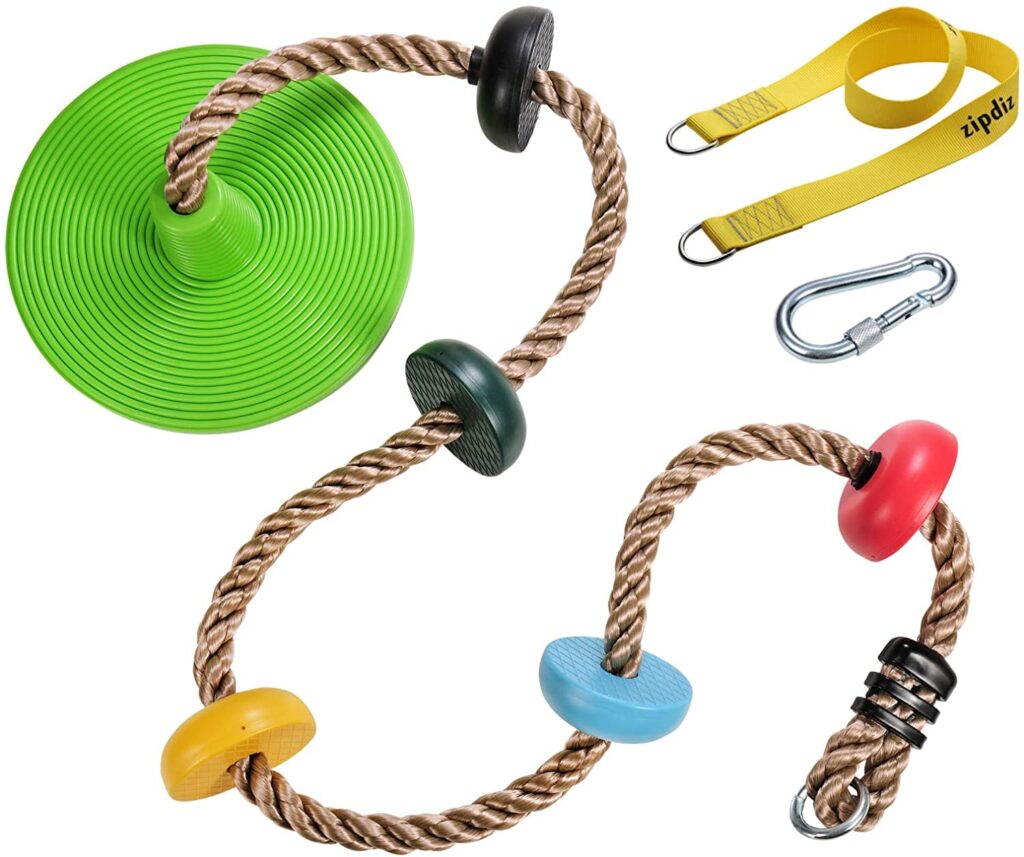
You can use the anchors placed in the ceiling to fasten ropes that serve as belays. They are good at providing support and toddlers love to navigate alternative routes with some support.
4. The floor mat
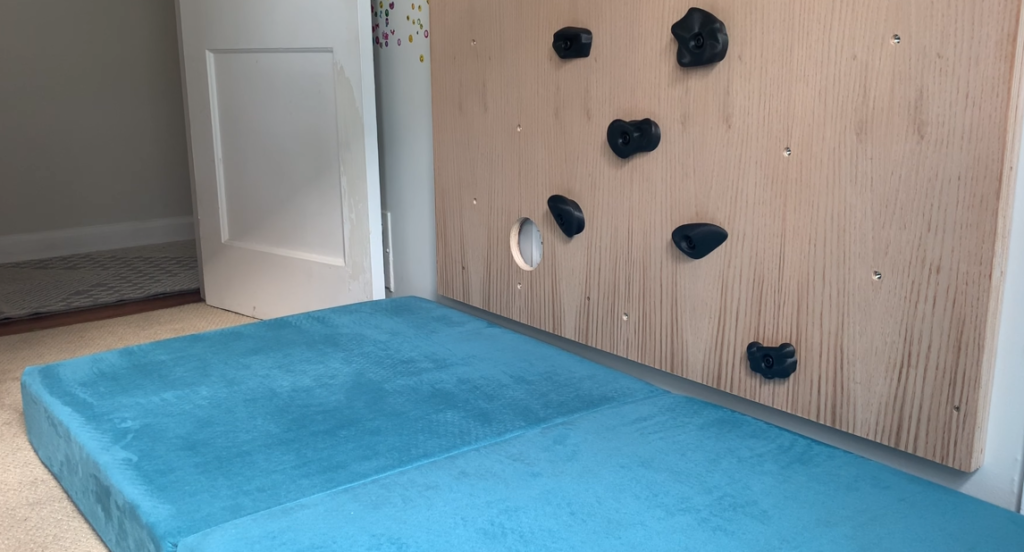
After scaling heights, toddlers love to become superheroes and jump down. The floor mat or crash pad should be soft and thick enough to cushion the bodies of toddlers. It should be comfortable to land onto. It should be soft enough to keep them safe, even if they drop from the height.
5. The design
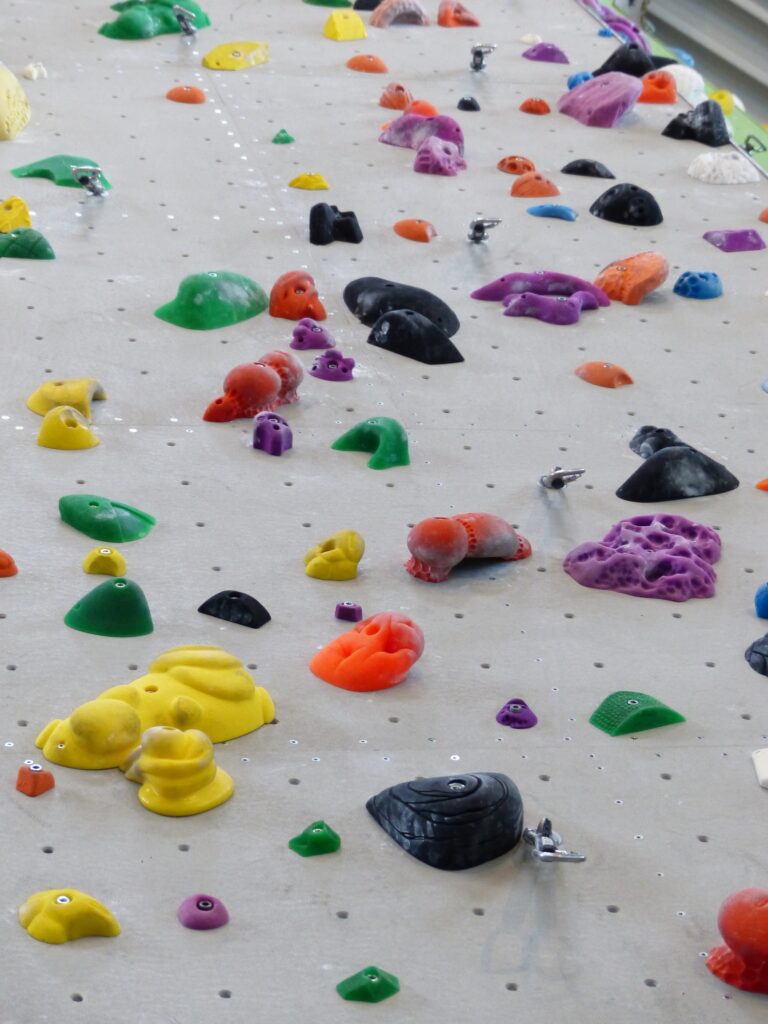
While designing and decorating the wall, keep in mind that they are toddlers and they identify with certain things more than any other thing. To make climbing more fun for them, decorate the wall with wallpaper adorned with pictures of their favorite cartoon character or superhero. This way they will find it more fun to climb and see it as a means of motivation for them.
6. Childproofing
As toddlers love climbing, you should not leave them unattended. You can easily childproof the climbing wall by simply making a single hole in the far corner of the floor mat and then wrapping it up on the wall with a hook.
You can use screw eyes for tying up the mat against the wall. Let the wall remain covered until you’ve done your daily chores and are ready to supervise your toddler when they climb the wall.
The bottom-line:
Having a climbing wall in your home is a fulfilling and rewarding project. While it might not be easy to build, the result is always spectacular and joyful to behold.
The biggest thrill is when you see your kids and toddlers trying to level up and drag their bodies against the wall and engage their muscles. it’s always joyful to look and behold them climbing a wall. In as many ways as there are ideal measurements and heights, make sure that the last structure you build is the one you’re proud of and don’t want any change in that.
In doing so, do not forget safety. Make the walls high enough with as many routes and handholds as possible. In the end, climbing walls for kids is all meant to be a source of pleasure, joy, and learning for your kids.










Discussion about this post